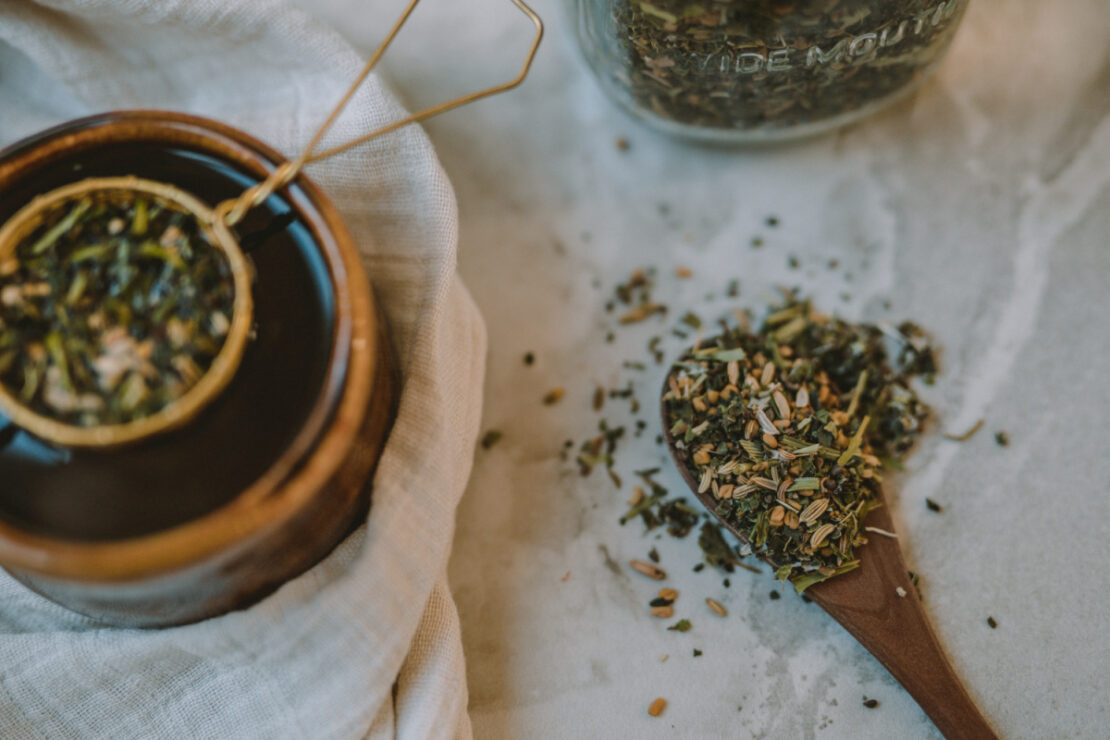
A Healthy Nursing Tea Blend to Increase Milk Supply and Nourish Your Baby
Nursing is a close, intimate, and emotional relationship between a parent and child. Nourishing your baby and bonding over this special experience and unique relationship can be a meaningful experience. But it is not always an easy journey. Especially at the beginning, it can be quite challenging for new parents. To achieve an effective latch and sustain a rich and optimized milk supply, it’s essential to be patient and find some techniques that work for you and your baby. This healthy nursing tea blend can get you started in the right direction!
Eating a nutrient-dense diet, staying hydrated, finding adequate rest, reducing stress, and following your baby’s unique feeding schedule sets a good base. Furthermore, certain foods and herbs can support milk production and nourish your body and baby during this time.
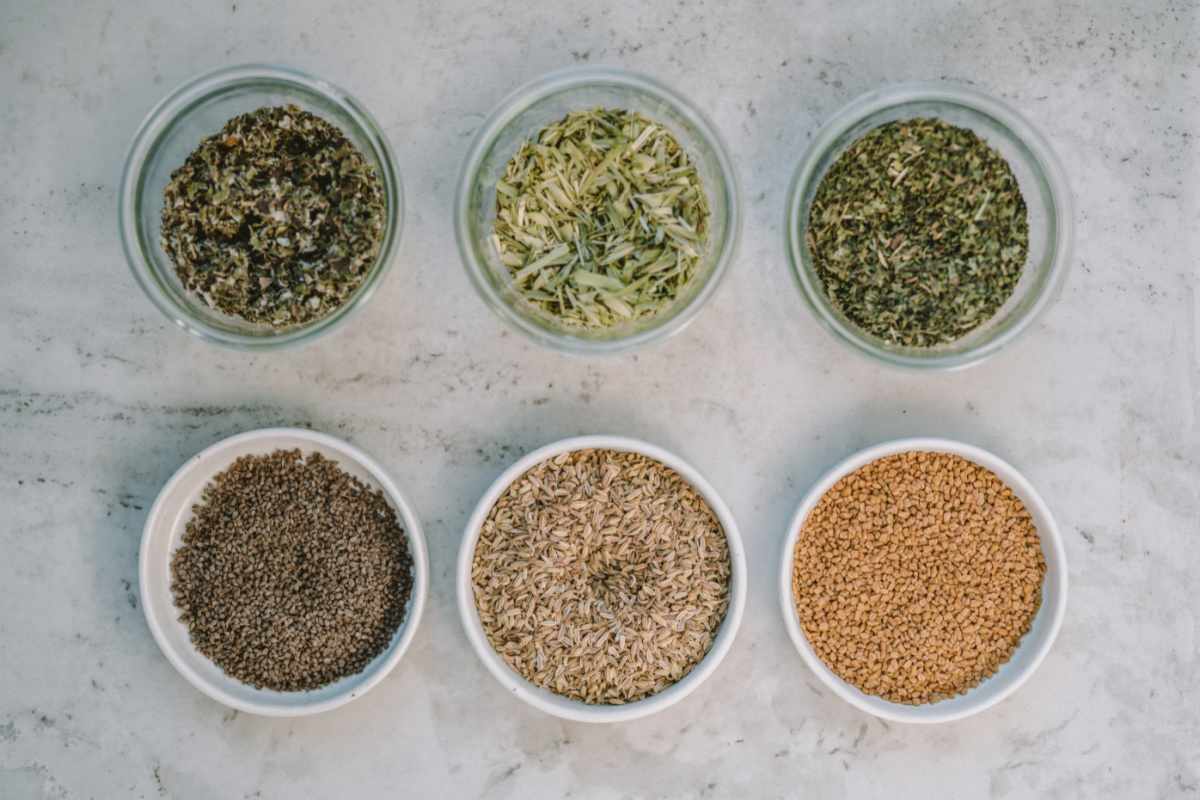
Herbs for Lactation
In this article, you will learn about herbs for lactation and find a healthy nursing tea recipe that can promote an adequate milk supply and therefore support you on your nursing journey.
To be on the safe side, always consult with a health care practitioner or an experienced herbalist before using any herbs regularly or in higher doses during lactation. Certain herbs can decrease milk production or even be harmful to the baby. When choosing herbs, It’s important to be informed and to pay attention to you and your baby’s unique needs.
The following herbs are all mild, food-like herbs that are generally considered safe when used in tea and are likely to increase milk supply.
Galactagogues as a Base
Galactagogue herbs, such as those in this nursing tea blend, aid in initiating and maintaining adequate milk production.
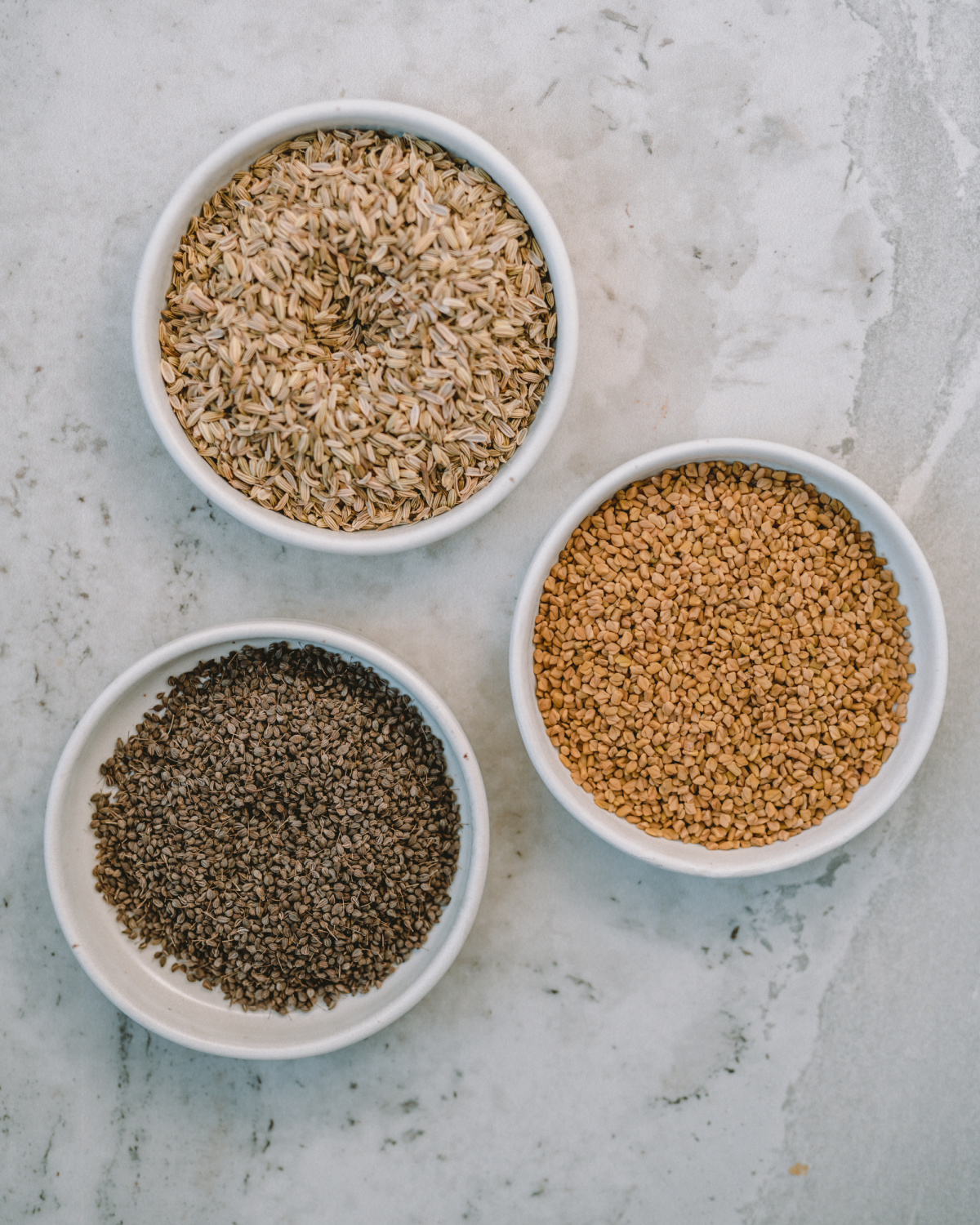
Anise seed (Pimpinella anisum)
Anise is valued by herbalists for its galactagogue action and it is commonly included in formulas to support milk production. Its sweet and pleasant flavor makes it a great base for a delicious nursing tea. Furthermore, it can soothe a colicky infant, as some of its constituents can be passed through to the milk (Stansbury, 2018; Weed, 1986).
Fenugreek seed (Trigonella foenum-graceum)
Fenugreek is often known for its specific culinary uses but also has powerful uses in herbalism. Promoting the production and flow of milk is the first use many Western herbalists think of with respect to fenugreek. It is also traditionally used as a galactagogue in Ayurveda. Aviva Romm (2010) documents its common use among lactation specialists, who report having helped countless people increase milk supply with this herb. Of hundreds of plants used worldwide to promote lactation, only a few are as commonly used in the United States; fenugreek is one of these (Romm, 2010).
Fennel seed (Foeniculum vulgare)
As another common galactagogue, fennel may increase the quality and volume of milk. Of all its herbal actions, the fennel seed is probably most well known as a digestive aid due to its carminative and antispasmodic properties. These actions are attributed primarily to the plant’s volatile oils, which are also responsible for its strong aroma. The aromatic volatile oils relax the gastrointestinal tract to reduce muscular pain and discomfort caused by tension in the gut. As many of the volatile oils are carried through to milk, just like anise, fennel can also ease colic and indigestion in infants (Bennett, 2014; Hoffmann, 2003; Holmes, 1997).
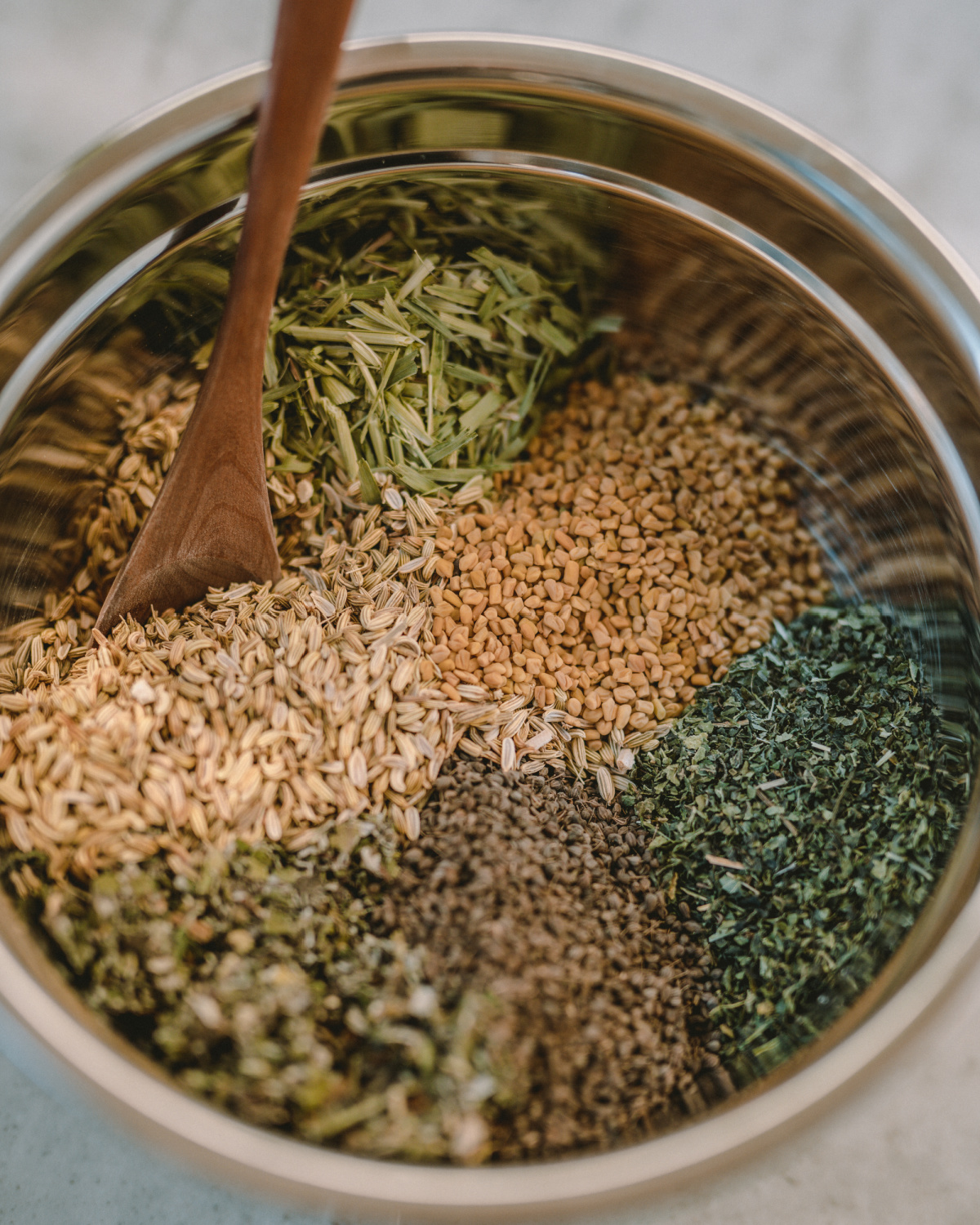
Nutritive Herbs for Extra Nourishment & Postpartum Support
The following herbs are a wonderful way to boost your nutrient supply during lactation and support postpartum recovery:
Oatstraw (Avena sativa)
The oat plant, especially the green milky parts, are rich in minerals and trace nutrients including silica, magnesium, phosphorus, chromium, iron, calcium, protein, B vitamins, and vitamins A, C, E, and K. Thus, oatstraw is perfect for boosting nutrients and building deep immunity (Berger, 1998; Edwards, 2000, Holmes, 1997).
Energetically, oatstraw is moist, relaxing, and warming. It nourishes, strengthens, and repairs tissues and muscles throughout the body (Holmes, 1997), making it a helpful nourishing herb postpartum.
Besides that, the rich vitamin B, calcium, and magnesium content in oat straw helps to soothe and strengthen the nerves. It’s considered one of the best herbs for “feeding” and restoring the nervous system, particularly in times of stress and in the case of nervous system weakness or exhaustion associated with depression, overwork, or emotional trauma (Hoffmann, 2003).
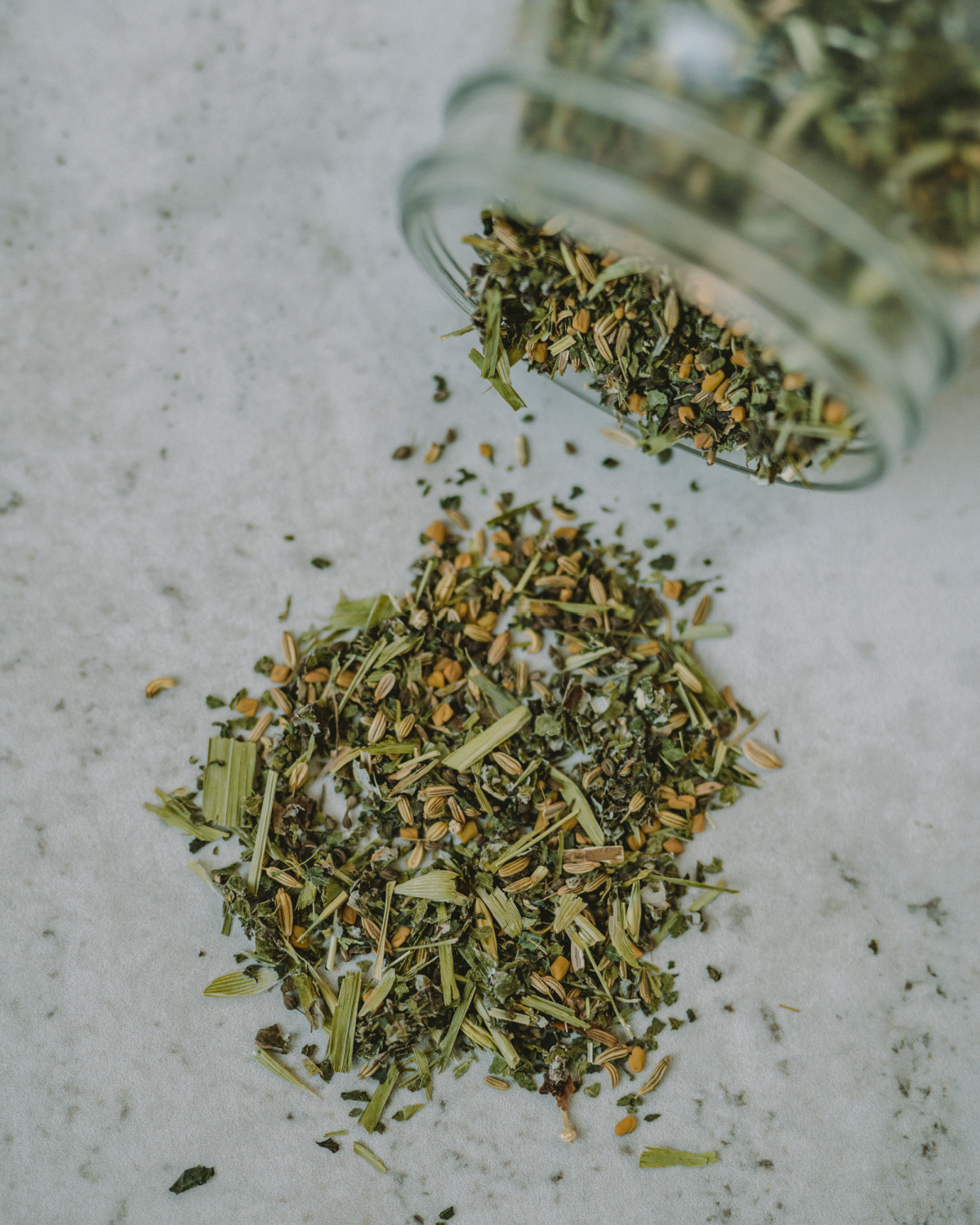
Nettle (Urtica dioica)
Nettle nourishes, supports, and energizes the whole body, and is richly nourishing to the blood. Its nutritive qualities are in part attributed to its rich vitamin, mineral, amino acid, and chlorophyll content, as well as formic acid. It contains abundant calcium, magnesium, silica, iron (Pedersen, 2012), and vitamins A, C, E, and K (Bennett, 2014), as well as several other minerals.
That said, nettle is suggested for use during the postpartum period, including lactation, for reasons beyond its nutritive qualities. As a galactagogue, nettle increases the quality and quantity of milk (Edwards, 2000). As a hemostatic (due to its high level of vitamin K) and astringent, nettle is used to reduce excessive menstrual bleeding or excessive bleeding anywhere in the body (Edwards, 2000).
Red Raspberry Leaf (Rubus idaeus)
Nutritive red raspberry leaves can be added to a nursing tea blend. Their high vitamin and mineral content are richly nutritious for both parent and child.
But more importantly, its tonic effect on the womb is thought to bolster against excess postpartum bleeding, caused by a relaxed or atonic uterus (Weed, n.d.).
Following birth, a raspberry leaf infusion is used as a uterine tonic to help restore the elasticity of the womb and uterine ligaments, and support digestion. As a galactagogue, it also increases the flow of milk (Berger, 1998).
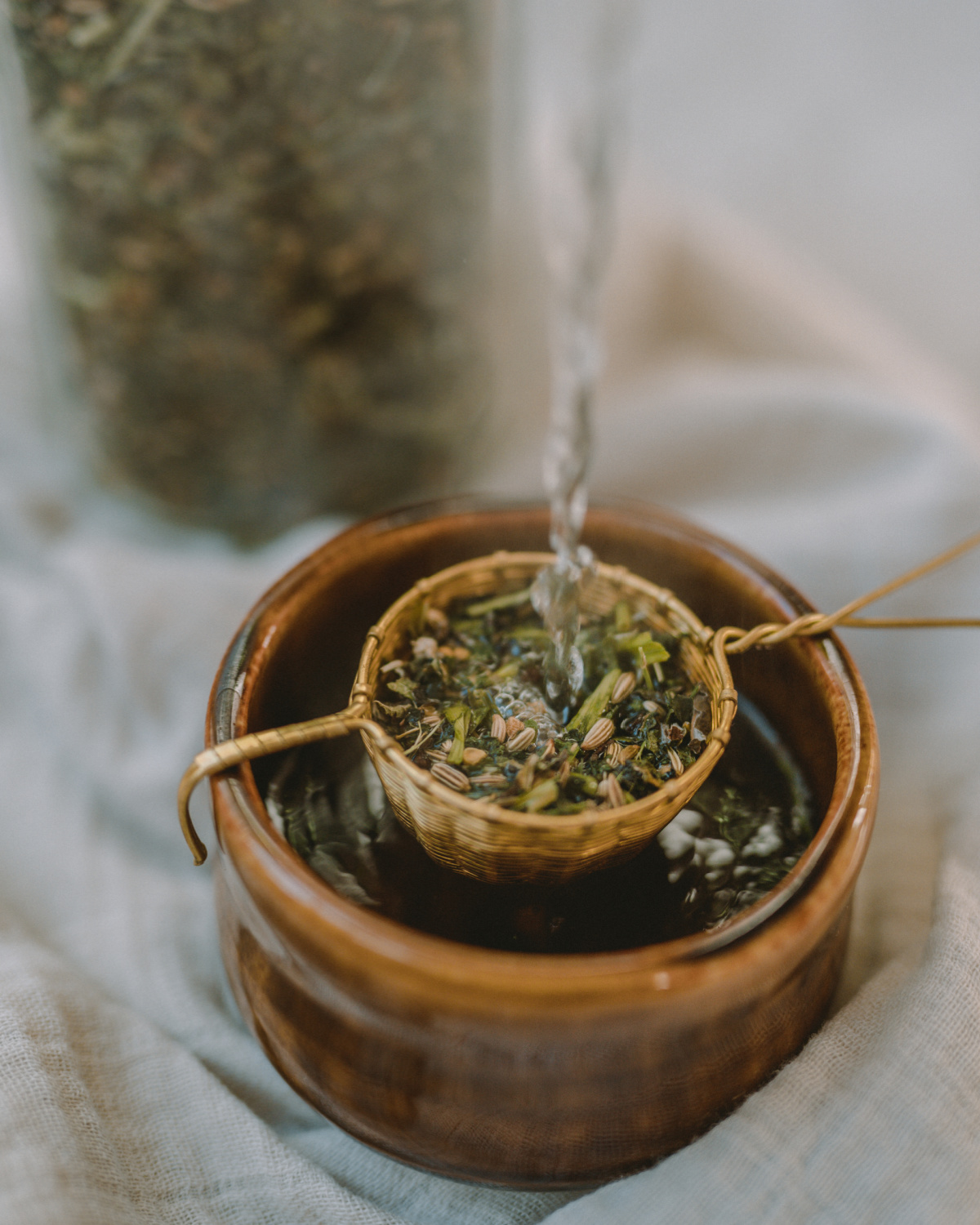
Healthy Nursing Tea Recipe
This delicious herbal blend is wonderful to support milk production. It enables the milk to flow, enriches it with nutrients, and has beneficial properties to soothe your baby’s tummy discomfort.
¼ cup anise (Pimpinella anisum) seed Healthy Nursing Tea
¼ cup fenugreek (Trigonella foenum graceum) seed
½ cup fennel (Foeniculum vulgare) seed
1 cup oat (Avena sativa) straw
1 cup nettle (Urtica dioica) leaf
1 cup red raspberry (Rubus idaeus) leaf (optional for postpartum)
To Use:
Drink 3-5 cups daily throughout your nursing period to aid milk production and soothe colic.

Photo courtesy of @naturally_sarah
Embracing Your Unique Nursing Journey
For successful nursing, it’s helpful to be informed and prepared. You don’t know what your journey is going to look like until you’re in the thick of it. But it’s your own journey, and that’s what makes it so special!
Gentle supports like this healthy nursing tea can assist you, but it’s important to seek professional advice if you feel overwhelmed or just want some guidance during this time. The La Leche League International can help to connect you with a local lactation consultant and nursing support groups in your area.
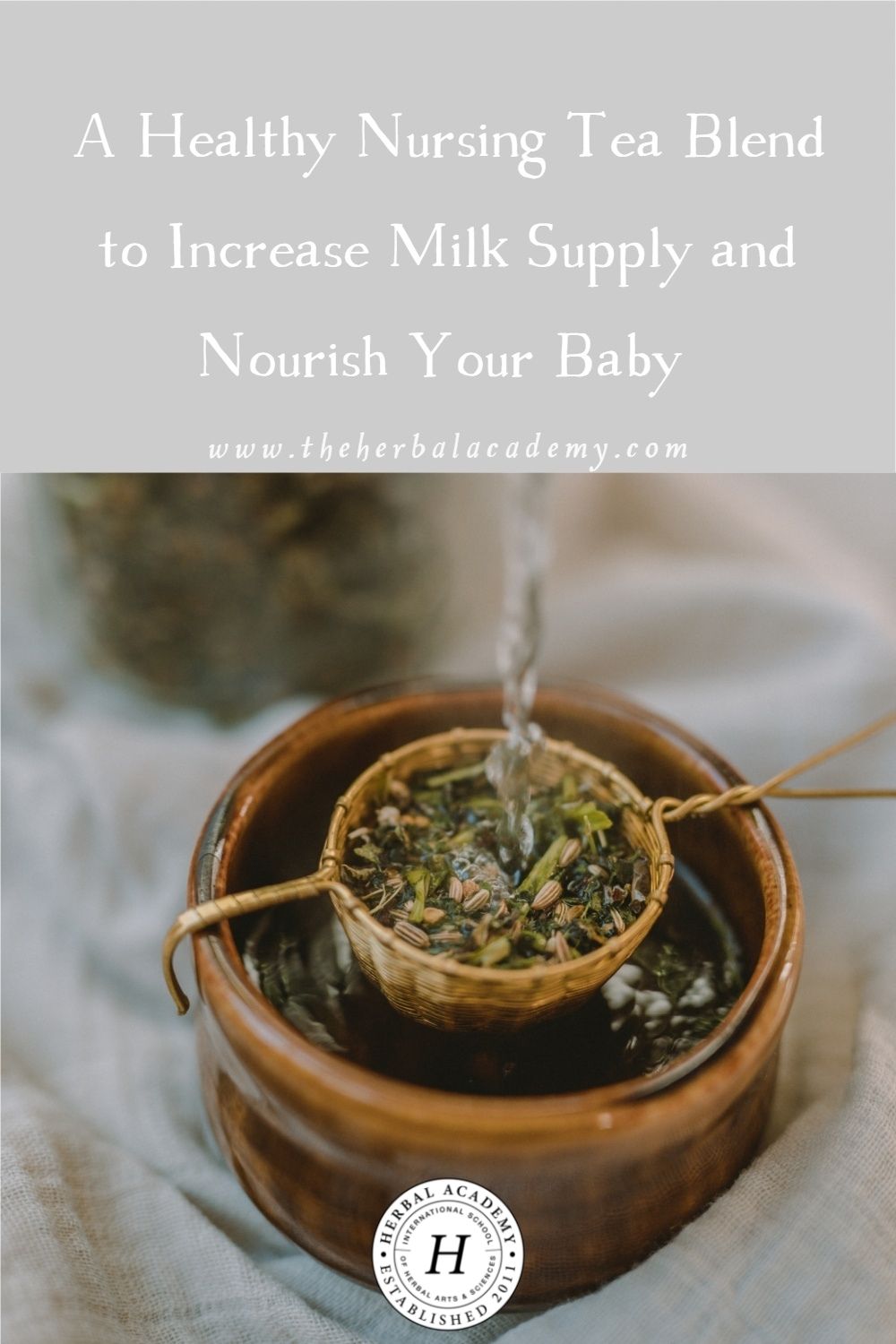
REFERENCES
Bennett, R.R. (2014). The gift of healing herbs. Berkeley, CA: North Atlantic Books.
Berger, J. (1998). Herbal rituals. New York, NY: St. Martin’s Press.
Edwards, G.F. (2000). Opening our wild hearts to the healing herbs. Woodstock, NY: Ash Tree Publishing.
Gladstar, R. (1993). Herbal healing for women. New York, NY: Fireside.
Hoffmann, D. (2003). Medical herbalism: The science and practice of herbal medicine. Rochester, VT: Healing Arts Press.
Holmes, P. (1997). The energetics of Western herbs (3rd. ed., Vol.1). Boulder, CO: Snow Lotus Press.
Pedersen, M. (2012). Nutritional herbology: A reference guide to herbs. Warsaw, IN: Whitman Publications.
Romm, A. (2010). Botanical medicine for women’s health. St. Louis, MO: Churchill Livingstone.
Stansbury, J. (2018). Herbal formularies for health professionals, volume 1: Digestion and elimination. White River Junction, VT: Chelsea Green Publishing.
Weed, S.S. (1986). Wise woman herbal for the childbearing year. Woodstock, NY: Ash Tree Publishing.
Weed, S. (n.d.). Herbal allies for pregnancy problems. Retrieved from http://www.susunweed.com/Article_Pregnancy_Problems.htm







